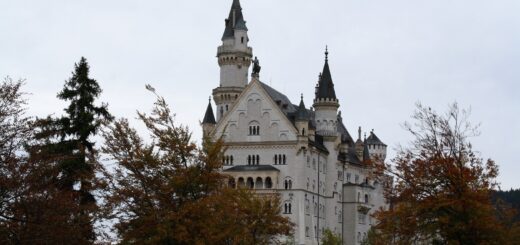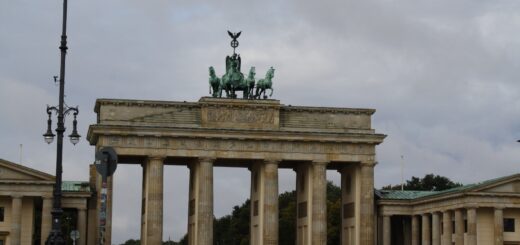Budapest
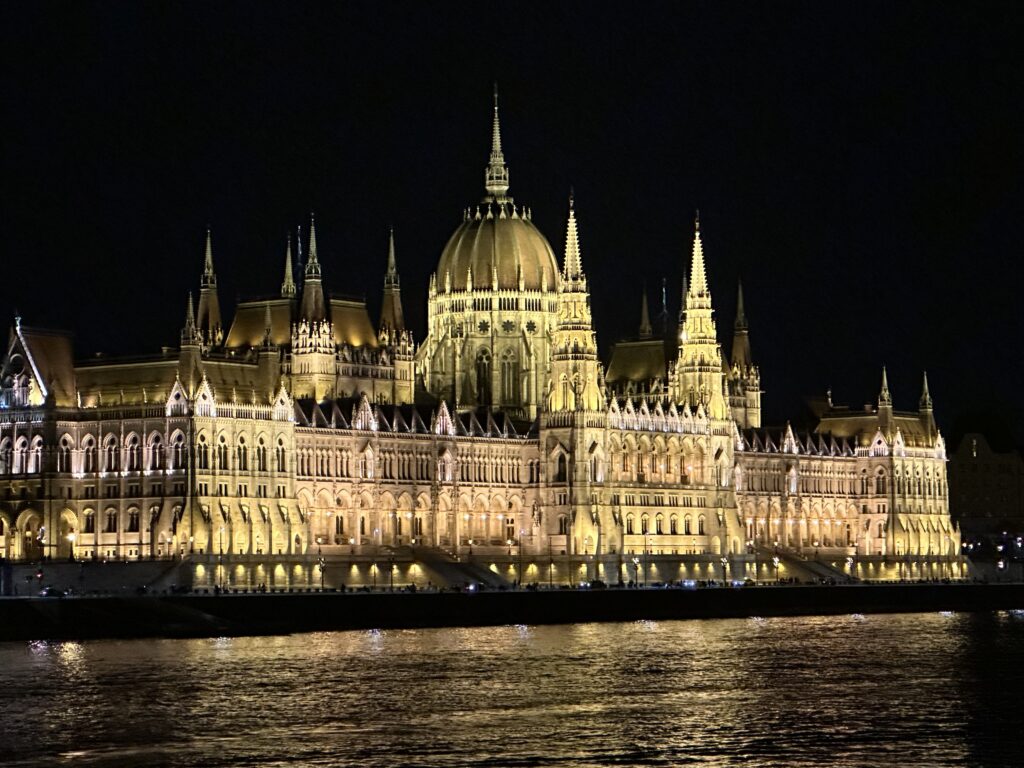
Travel Advice for Seniors: Budapest
Budapest, capital of Hungary and home to over 1.7 million, is an ancient city divided by the Danube River into two parts: Historical Buda and the more modern Pest.
Its tumultuous history began as a Celtic outpost, followed by Roman, Mongol and Ottoman occupation and finally as part of the golden age of the Austro-Hungarian Empire. Unfortunately, World Wars I and II brought a great deal of upheaval and Hungary turned to communism until the 1980’s when it emerged as the international city into which it has now developed.
It’s a four-hour scenic bus ride from Vienna to Budapest. The countryside was brimming with the yellow flowers of canola fields. Having grown up on a farm, it’s always interesting to see farmland and small villages in other countries. Sort of a relaxing interlude between the bustle of big cities.
The river cruise part of our trip was to begin in Budapest, but we had a few days to check out the city before boarding.
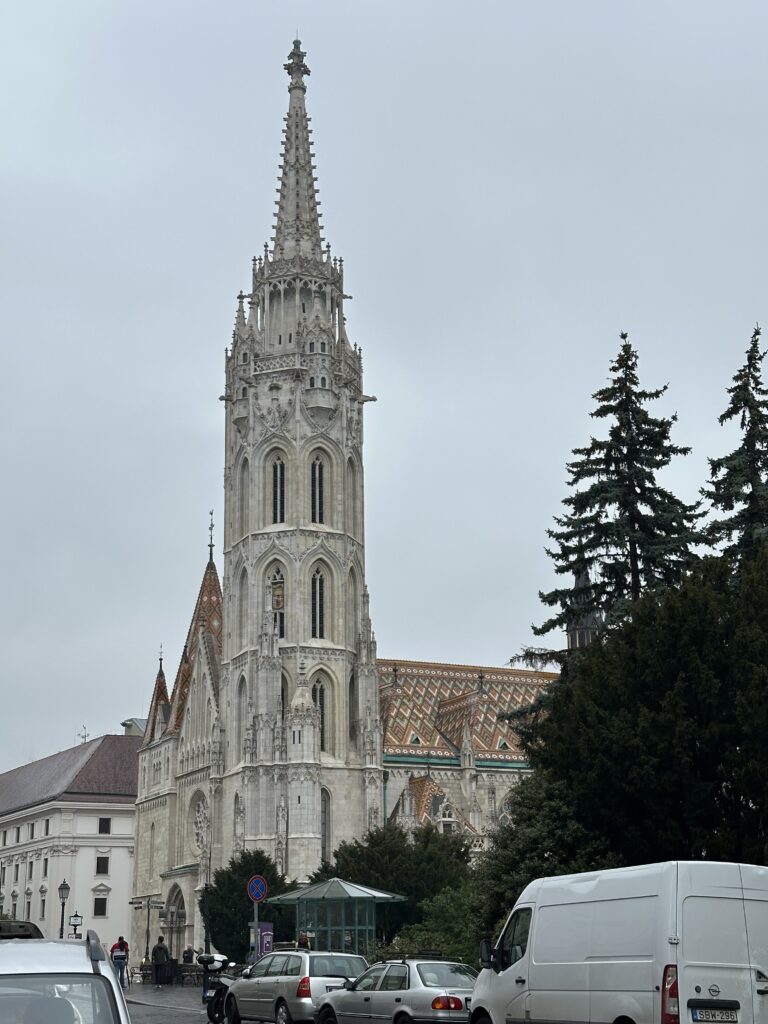
Our first stop was over the classic Széchenyi Chain Bridge to the Buda side to visit the Castle district for a close look at Matthias Church and the Fisherman’s Bastian.
The Church of the Assumption of the Buda Castle, or Matthais Church, is a Gothic beauty opened in 1255. The site of many coronations and royal weddings, the inside of the church is a marvel of stained glass and frescoes. Béla III, King of Hungary and Croatia from 1172 to 1196 is buried in the church. The statue in front of the church is of St. Stephen, founder of the Magyar state and the first King of Hungary. The church has an accessible ramp, but parts of the church may not be completely accessible.

Halászbástya or the Fisherman’s Bastion fortress is a UNESCO World Heritage Site which was built in the late 1890s to celebrate 1000 years of the Hungarian state. Its storybook design makes it more of a viewpoint than an actual working fortress. Parts of the Bastian are accessible and there is an elevator to the second level. Do walk up to the second level, if possible, the views are great!
We didn’t visit the Buda Castle, which is also in the historical district, but it is certainly worth a stop if you have the time. The palace houses the Hungarian National Gallery, the Budapest History Museum, and the National Széchényi Library as well as offers scenic views of the city and the Danube.
We chose to visit the Budapest Museum of Fine Art in the afternoon to check out its notable collection of Old Masters. Sidenote here: Even if you have purchased tickets online (recommended), you may have to wait a bit as there are few ticket-takers. The Museum of Fine Art is next to Heroes Square which is worth a walk across the street to check out. Plan to spend at least a couple of hours here and don’t miss the Esterhazy Madonna by Raphael and The Sermon of John the Baptist by Bruegel. Several other notable Italian works as well as an extensive collection of Dutch masterpieces are also here.
Our next highly anticipated stop was the Szechenyi baths, a short walk from the museum.
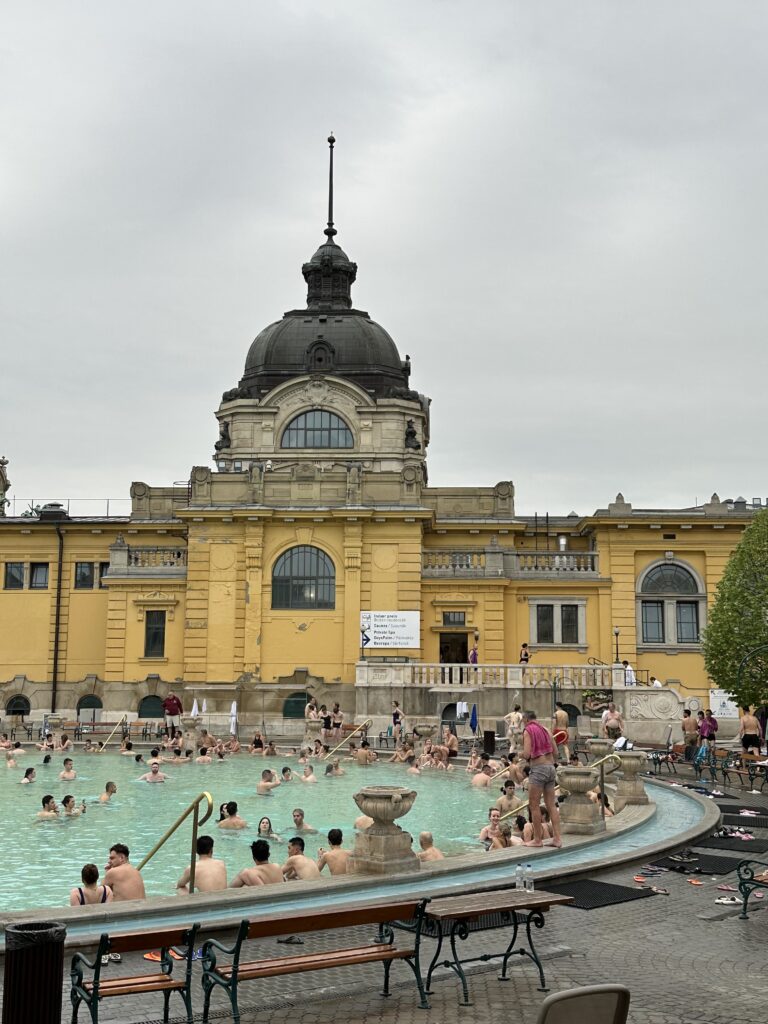
One of the things you must experience in Budpest is “the baths”. There are over one hundred springs along the Danube River fault line separating the Buda Hills from the Great Plain, pumping warm mineral waters to spas all over the city. Two of the best known are Gellert and Szechenyi. While spas have been part of Budapest for over 2000 years, the two beautiful spas as noted above were built in early 1900 and continue to function today.
Gellert is famous for its ten thermal pools indoors with beautiful Art Nouveau painted interiors (and one outdoor wave pool). Szechenyi is in a splendid Neo-Baroque building in the middle of a park setting with three outdoor pools of varying temperatures, as well as fifteen indoor pools. It seemed that Szechenyi was a bit more crowded and the outdoor pools were very popular, Gellert seemed more intimate as it was all indoor and the interiors were exquisitely crafted.
To enjoy the baths, you need to book ahead. Both spas also offer massages, but I tried to email for an appointment and was told that it would be pay up front and during a 3 hour window and they would get back with us; also the Szechenyi group responded that they can’t get emails through Windows, so we opted to go through a daytrip provider to secure our “skip the line reservation” and we skipped the massage altogether, which was a bit of a bummer.
To enjoy the spas, it is important that you bring a few things: All spas require bathing suits, plus you will need to bring flip flops and a towel, hairbrush, etc. It was noted to bring a swim cap, but no one at Szechenyi was using one. Also, sunscreen and a hat if necessary. Remember to keep hydrated and spend limited time in the hotter baths.
Upon entry you will receive a wristband that will release/set the lock on your changing room (Szechenyi). The baths are pretty crowded, so keep track of each other if you are with someone. Plan to spend 3-4 hours. Both spas offer limited accessibility, you will need to bring someone to help navigate. Also, flip flops can be slick with wet surfaces, so go slow and hold on to the handrails.
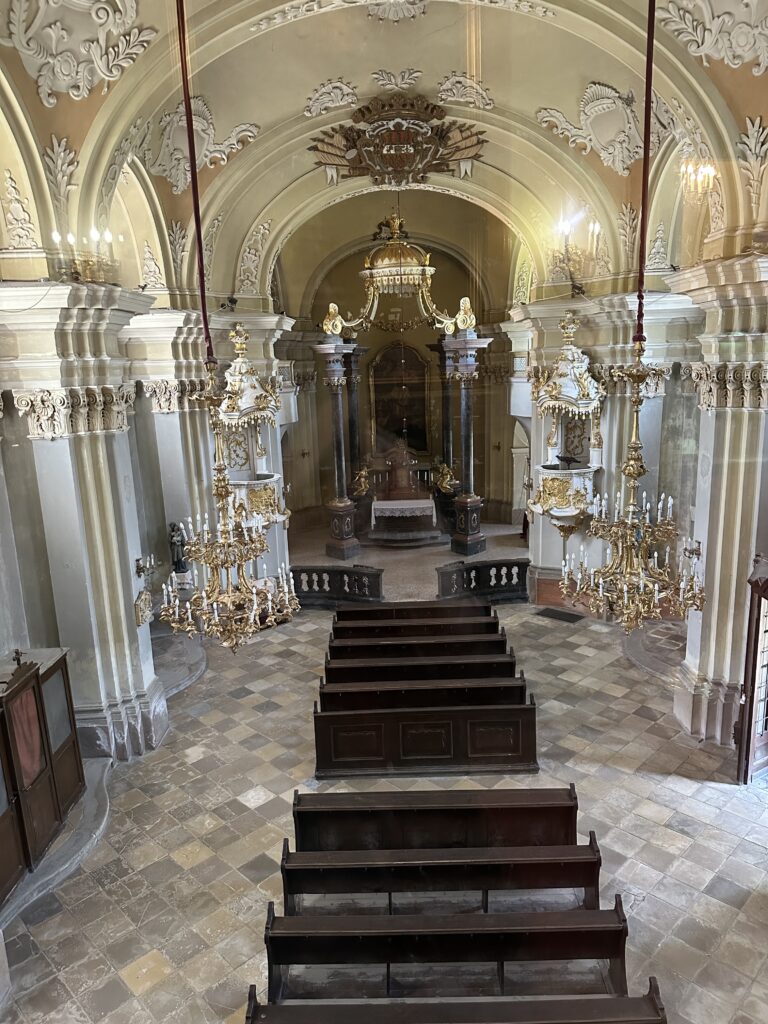
Second day we took a short trip out to The Royal Palace of Gödöllő or Grassalkovich Castle. The lovely Baroque palace is the Hungarian equivalent of the Palace of Versailles. It was built at the beginning of the 18th century, and in 1867 became a royal residence of the Austro-Hungarian Empire. It was the favorite summer residence of Empress Sisi, of Habsburg fame. Several rooms have been restored and include some artwork and furniture. The gardens provide a relaxing stroll. We had a coffee and torte at the end of our tour, ahhh!
The Palace is largely accessible, with accessible entry and parking, though some areas may have a few challenges.
Following our tour, we headed to the docks by the Danube where our river boat was docked by the Parliament building. It is a very pleasant stroll on the boardwalk down to the famous Parliament building. Its iconic neo-gothic structure facing the Danube is the symbol of Budapest, not to mention that it is a working legislative building. You can go on tours of it, but we chose not to.
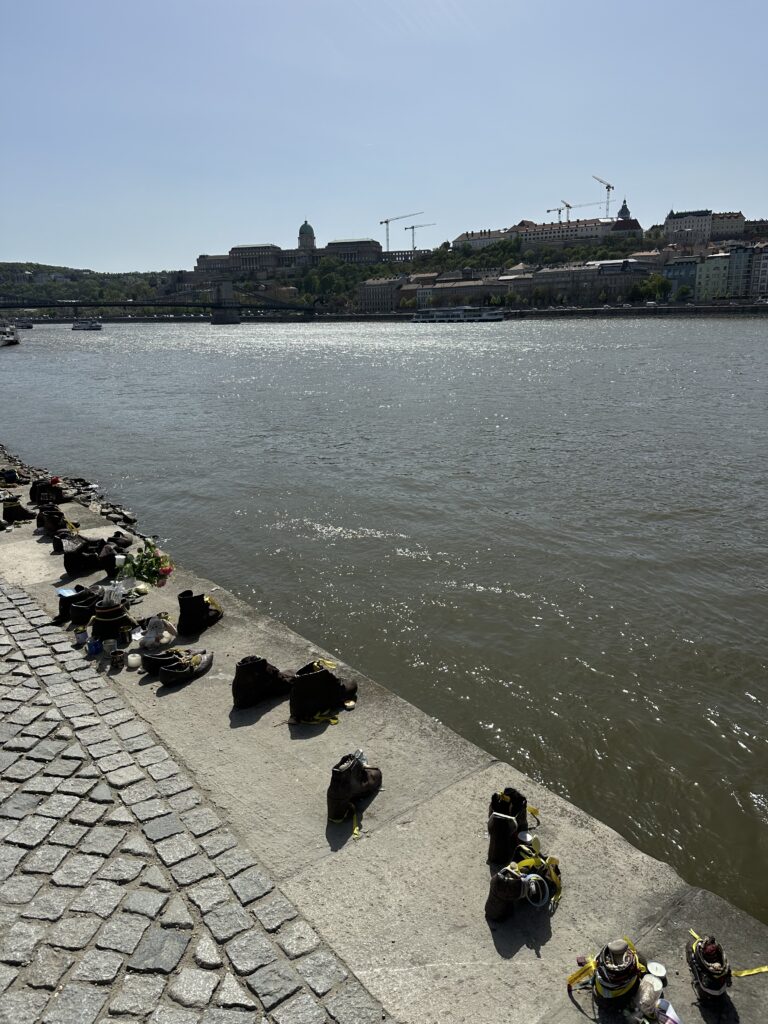
There is also a Shoe Memorial along side the Danube in the area of the Parliament building. Apparently, during World War II many Jews were shot into the river, being instructed to leave their shoes behind for others. The memorial was completed in 2005.
One thing that you should also definitely do is go on a Danube River tour of Budapest, preferably at night. The city is remarkably well lit and presents an entirely different view.
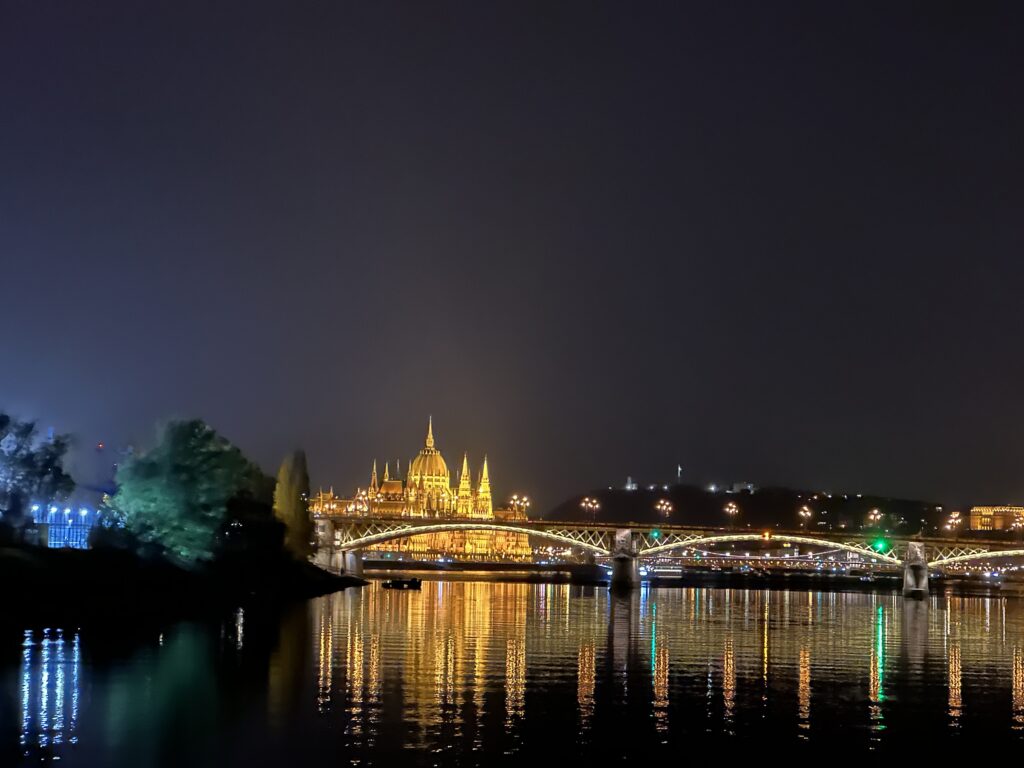
There is much, much more to do in Budapest. We ran out of time to go to St Stephen’s Basilica which is a “must see”. We also did not tour Buda castle. You really do need more than a few days to thoroughly check out Budapest and get the feel of it, but we were on limited time….our cruise to the Balkans is sailing!
Where we stayed: Corinthia Hotel Budapest, breakfast included. Centrally located. Accessible entrances, parking and rooms.
How we got there: Arrived by 4-hour bus ride from Vienna. This was part of a seventeen-day river cruise tour through Eastern Europe including Austria, Hungary, Croatia, Serbia, Bulgaria, Romania and a post-extension in Turkey.
General Accessibility Information: Hungary’s larger cities are generally accessible with accessible major hotels and sights. Many of the historical sites will have steps or cobbled surfaces, so be prepared for partial accessibility. Call in advance to verify and make specialty arrangements. See our sections on specialty apps and accessible travel for more on accessibility assistance.

